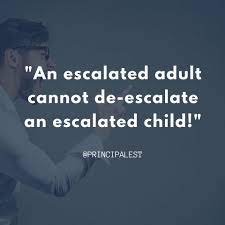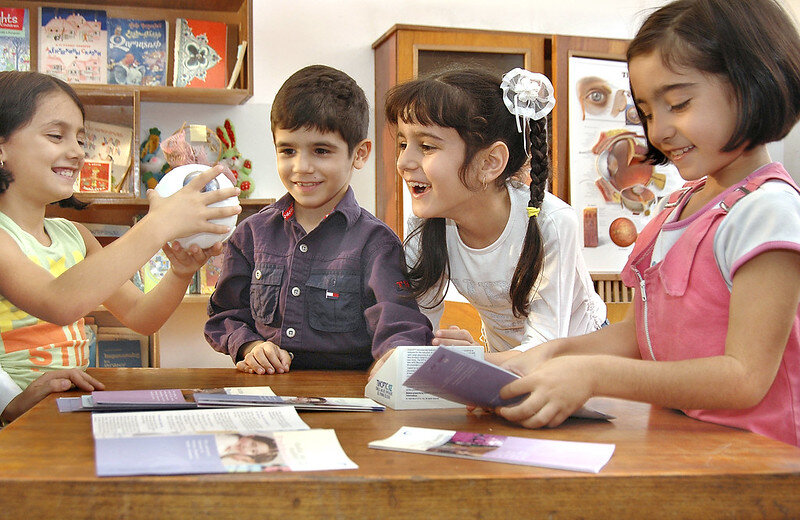I am not much different from my students. I hate Saturday School when I have to get out of bed to be back in the building that exhausted me the week before, but I love it after I get there and have meaningful interactions with students in a more casual environment. Like this one:
"Hey Ida B. Wells!"
"I like it when you call me that!"
"Do you remember why I started calling you that?"
"Yea. Cuz you said I was outspoken and had a lot of strong opinions about things."
"That, and that if you use all your passion for good you can change the world."
"Oh yea, that too."
" I've been hearing that you have been getting in trouble lately." "Is that true?"
"People get on my nerves. They say all kinds of stuff."
" You know, you don't have to always fight to win. Fighting isn't the answer."
"All my life I've had to fight!"
Her words silenced me.
The Color Purple.
And I remembered this scene.
All My Life I Had to Fight
Fight is what the brain tells us to do when we feel threatened. Fight is what students who have experienced trauma instinctively do when they do not feel safe. Fight is the reaction we get when we speak to students who come from trauma in authoritarian, aggressive, or escalated ways. Fight can look like disrespect or ignoring or avoiding; both are reactions of protection. Fight can look like lashing out or a full-on fit. Whatever the reaction, there are things we can do to lessen the fight response.
1.Be aware of the tone and volume of your voice. No one likes to be yelled at or spoken to with contempt and condemnation; especially students who come from trauma. If a child or teenager is walking this earth with an overactive stress response, being yelled at is an immediate trigger and their already heightened stress response will go into overdrive. Many times their response is to protect themselves by either yelling back or fleeing. When correcting or confronting a student, use a firm, but calm voice. You can be authoritative without belittling or yelling at a student.
2. Build connections and relationships with students. Trauma happens in the context of a relationship and it is only healed in the context of a relationship. Research shows that students who have experienced trauma can build resilience when they have the presence of one stable caring adult in their life. Many times that adult is a teacher. For discipline and correction to be effective, they must be done in the context of a safe relationship. We must connect before we correct!.
3. De-escalate an escalated student. You cannot reason with an escalated student. You can talk until you are blue in the face, and do you know what they hear? Nothing. Nada. Zilch. An escalated student is operating out of their survival brain. When their reactions are driven by emotions or fear, they physically cannot access the thinking part of their brain. We must first listen, reassure, validate, respond, repair, and resolve. Then we can correct and teach and support them toward changed behaviors. Natalie Turner reminds us of some rules to remember when dealing with an escalated student: "Rule #1. Take nothing a raging kid says personally. Act like a duck: let the words roll off your back like drops of water. Rule #2. Don't mirror the kid's behavior. Take a deep breath. Wait for the storm to pass, and then ask something along the lines of, "Are you okay? Did something happen to you that is bothering you? Do you want to talk about it?" My favorite words to say to an escalated student once they are calm are, "How can I help?
4. Know your own triggers. What behaviors stress you out and get on your last nerve? Sometimes just being aware of what sets you off, can help you stay calm. Remember, an escalated adult can never de-escalate a child. The 5-second rule can always be applied when we are triggered by a student’s behavior. Pause for 5 seconds and breathe slowly before you speak. Remind yourself that raising your voice or being aggressive will not solve the issue, it will only escalate the situation.
We won't eliminate every fight response, but we can certainly reduce the negative ways our students respond by how we respond or react to them. When we can create classrooms that are safe and calm for our students, we will see a significant reduction in the fight response.
Update: Since our conversation, “Ida” has not gotten into another fight 😀. Students just want to be heard and understood. When we build those connections, real change can happen.





